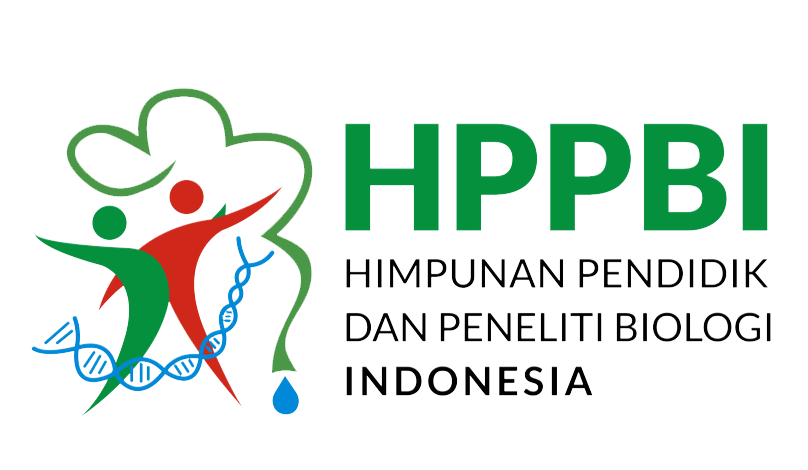KEANEKARAGAMAN GASTROPODA PADA ZONA INTERTIDAL TENGAH (MIDLE INTERTIDAL ZONE) DAN ZONA INTERTIDAL BAWAH (LOWER INTERTIDAL ZONE) DAERAH PADANG LAMUN DESA WAAI
Abstract
Background: Seagrass grows and spreads in nearly all parts of the intertidal zone. Waai village has characteristic sloping coastal water and have different patterns of zonation of seagrass in the intertidal zone's third-impact on the presence of seagrass and the organisms in it.
Methods: The study was conducted in coastal waters Waai village, in the middle of the intertidal zone (middle intertidal zone) and the lower intertidal zone (lower zone intertidal). The samples in this study are all kinds of gastropods found in each plot observation station of 100 plots. Gastropod species diversity using diversity index formula Shannon - Wiener referred to under Ludwig and Reynolds.
Results: From the results of the study found 8 species of gastropods and has a diversity index that is currently in the middle intertidal zone, the average diversity index of 1.76, while in the lower intertidal zone, the average gastropod diversity index was 1.45.
Conclusion: diversity index indicates the middle intertidal zone, the average diversity index of 1.76, while in the lower intertidal zone, the average index of diversity of gastropods is 1.45, this is caused by the different seagrass zonation patterns and habits of the people who frequently uses seagrass area for commercial purposes.
Downloads
Authors who publish with BIOPENDIX: Jurnal Biologi, Pendidikan dan Terapan agree to the following terms:
- Authors retain copyright and grant the journal right of first publication with the work simultaneously licensed under Creative Commons Atribution-ShareAlike 4.0 International License (CC BY-SA 4.0) that allows others to share the work with an acknowledgment of the work's authorship and initial publication in this journal.
- Authors are able to enter into separate, additional contractual arrangements for the non-exclusive distribution of the journal's published version of the work (e.g., post it to an institutional repository or publish it in a book), with an acknowledgment of its initial publication in this journal.
- Authors are permitted and encouraged to post their work online (e.g., in institutional repositories or on their website) prior to and during the submission process, as it can lead to productive exchanges, as well as earlier and greater citation of published work.

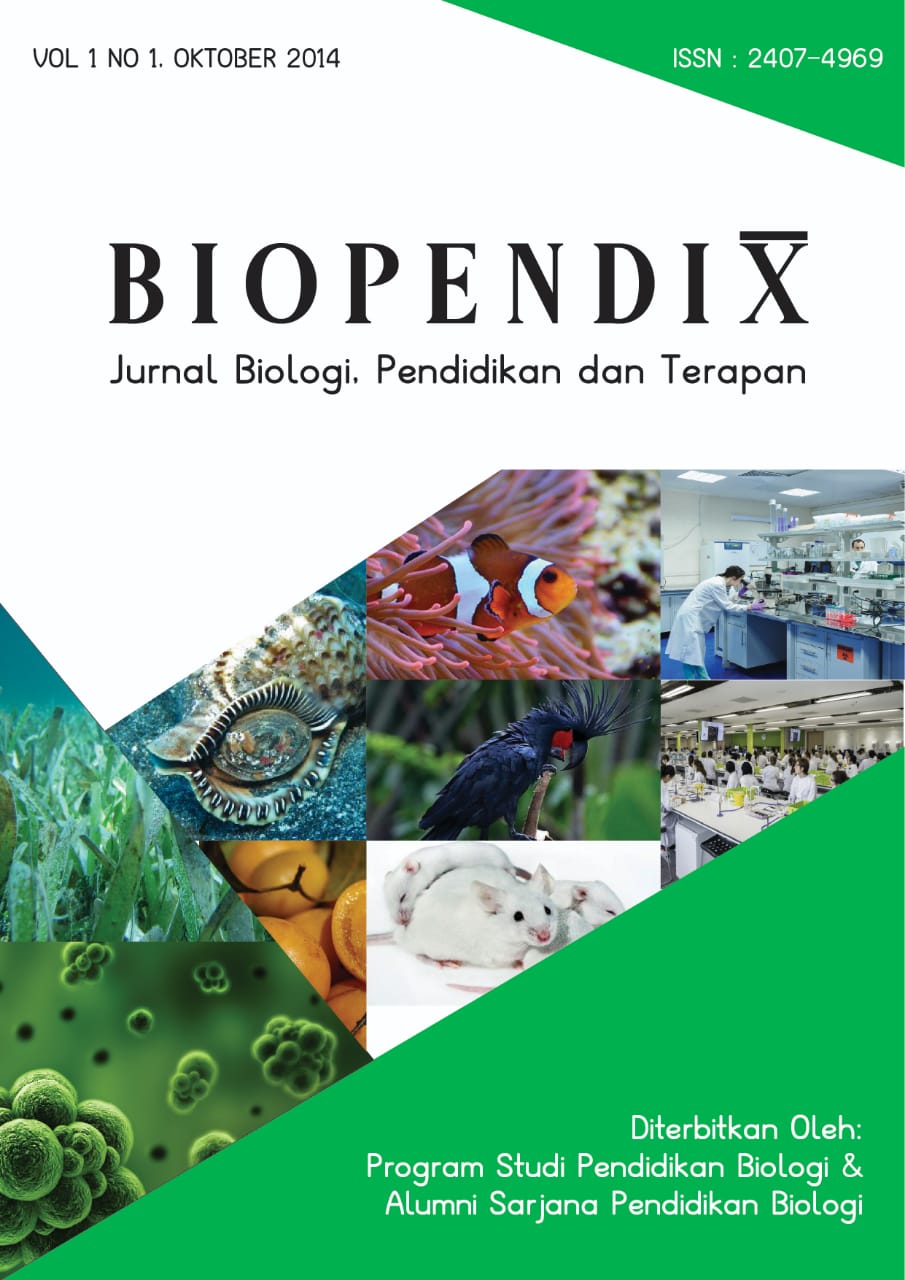
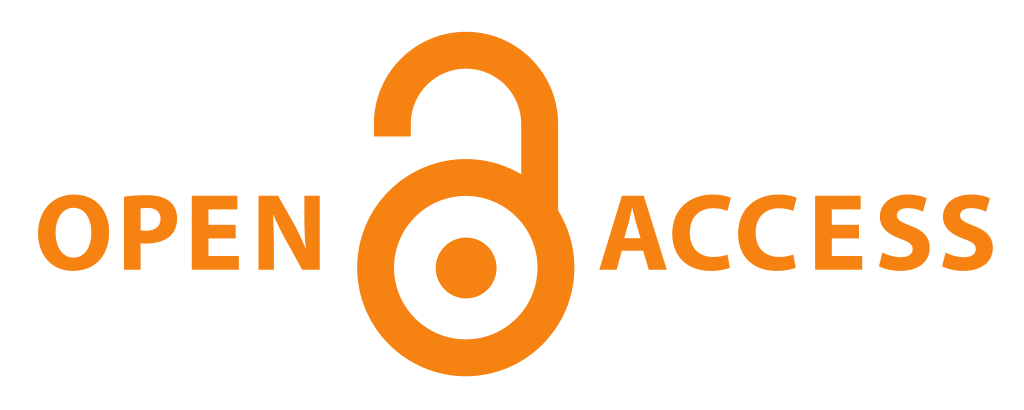
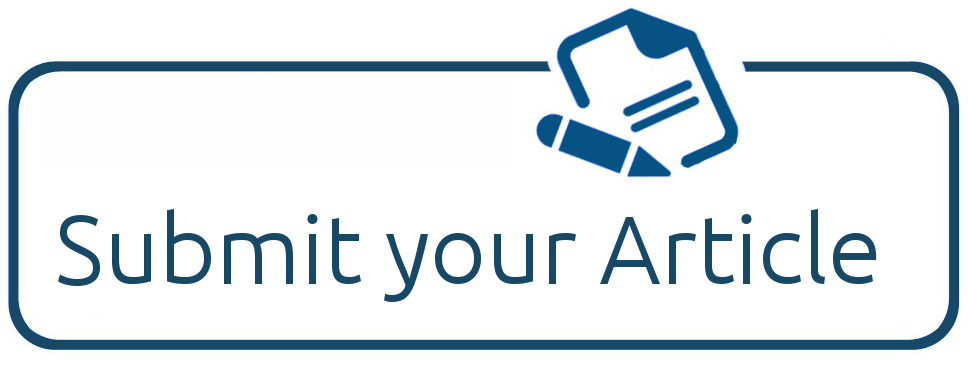
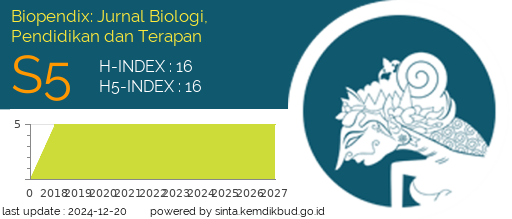
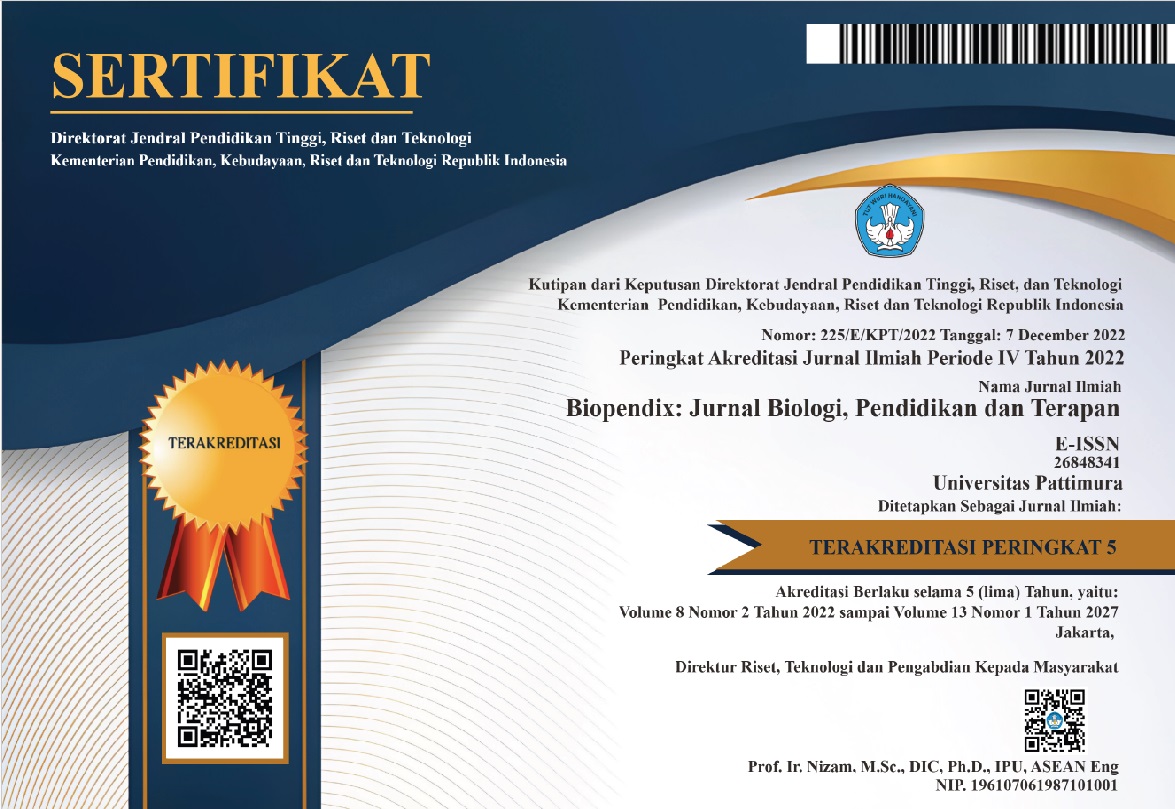 2
2




